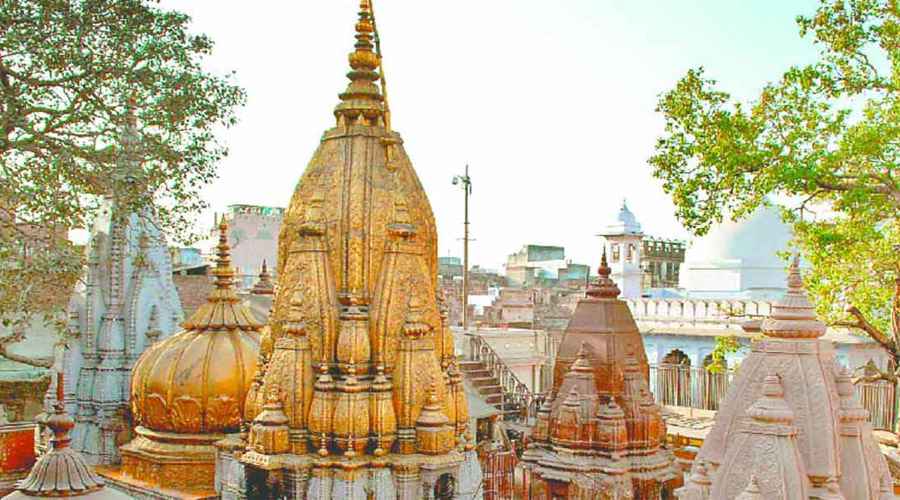Adalaj Stepwell, also known as Adalaj ni Vav or Rudabai Stepwell, is a magnificent five-storey structure nestled in the small town of Adalaj, near Gandhinagar, Gujarat. More than an architectural marvel, it is a place where history, legend, and human emotion merge to create an inspiring story that has fascinated generations of visitors and historians alike.
Origins in Legend and History
The story of Adalaj Stepwell begins in the late 15th century, in what was then known as Dandai Desh. It was the cherished ambition of Rana Veer Singh, the king of the Vaghela dynasty, to build a stepwell that would provide life-sustaining water to the people of this arid region and offer respite to travelers and traders journeying along the ancient trade routes of Gujarat. Construction began in 1498 AD, with hope and determination fueling the project.
However, tragedy soon struck. The kingdom came under attack by Mahmud Begada, the Sultan of Gujarat, and Rana Veer Singh lost his life in battle before the stepwell could be completed. This pivotal moment would set the stage for the story’s legendary heroine: Queen Rudabai (also referred to as Rani Roopba or Rudadevi).
Also Read: Gujarat Sultanate: A Medieval Maritime Power in Western India
The Queen’s Resolve and Enduring Spirit
Rudabai, devastated by the loss of her husband, wished to commit jauhar (self-immolation), a common practice for royal widows of the time. But Sultan Mahmud Begada, captivated by her beauty and intellect, proposed marriage instead. Rudabai agreed on a unique condition: the Sultan must first complete the stepwell that her husband had begun, as a tribute to his memory and the welfare of the people. Compelled by her resolve, Mahmud Begada completed the grand structure in record time, blending the region’s Hindu craftsmanship with Indo-Islamic architectural elements. The stepwell thereby stood as an enduring symbol of the queen’s love, sacrifice, and clever diplomacy.
However, Rudabai never intended to marry Begada. Once the stepwell was finished, she paid one final visit, walking down its carved steps. Legend says that, in a final act of devotion and defiance, she leapt into its depths, ending her life and immortalizing both her sacrifice and the story behind the stepwell.
Architectural Brilliance
Adalaj Stepwell is renowned as one of India’s finest stepwells, combining the purposes of water conservation, social gathering, and religious ceremony. Its five-storied deep structure showcases a remarkable fusion of craftsmanship and artistry. The stepwell was designed to provide water, relief from the scorching Gujarat heat, and a sanctuary for travelers.
Some key features include:
- Intricate carvings featuring deities, floral motifs, and scenes from daily life, blending Hindu and Islamic influences.
- Three entrance stairs, converging at a large platform on the first level.
- An octagonal shaft at the top, supported by elaborately carved pillars and galleries on every level.
- Spaces for community gatherings, prayers, and festivals; the stepwell was a place where people from all walks of life met and shared in the communal bonds of water and culture.
A Sanskrit inscription affixed to a marble slab within the stepwell immortalizes its history, acknowledging Queen Rudabai’s role and the date of dedication: Samvat 1555 (1498 AD), Magha month.
Also Read: Modhera Sun Temple: An Architectural Marvel of Gujarat
Cultural Resonance and Symbolism
Adalaj Stepwell is not merely a feat of engineering, but a silent witness to centuries of cultural history, resilience, and love. The legend of Rudabai adds an emotional depth to the site, making every carved stone a memorial to her courage and the complexities of royal politics in medieval Gujarat. For generations, offerings have been made and rituals performed, the stepwell functioning as both a utilitarian and spiritual space.
Beyond its story, Adalaj Stepwell has inspired architects and conservationists. It stands as a testament to Gujarat’s rich tradition of water architecture, with more than 140 stepwells dotting the state, each telling its own story—yet none as poignant as Adalaj.
The Stepwell Today
Adalaj Stepwell remains one of Gujarat’s most popular and admired heritage sites, drawing tourists and history enthusiasts from across the globe. Its doors are open daily, and a nominal entry fee allows visitors to walk through history and architecture intertwined.
The stepwell endures as a place of reflection—not just in water, but in mystery and memory. Travelers pause to marvel at its artistry and to ponder the sacrifice and spirit of Queen Rudabai, a woman whose will shaped the destiny of a monument and the people it served.
Conclusion
The story behind Adalaj Stepwell transcends bricks and mortar—it is the tale of a queen’s resolve, a lost love, and a structure that became a beacon for hope, life, and artistry in the dry heartland of Gujarat. Whether approached as an architectural wonder or a legend, Adalaj Stepwell invites us to reflect on the deeper currents of history: love, defiance, and the power of memory stored in stone.
For those who visit, each step down into the cool depths is a passage through time, offering insight into the ways human ingenuity and emotion can leave indelible marks on history.



